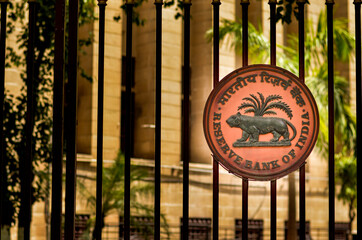News Highlight
The Reserve Bank of India’s Monetary Policy Committee (MPC) has raised the policy repo rate by 50 basis points (bps) to 5.9% making loans expensive.
The MPC also lowered the growth projection for FY23 from 7.2% to 7%.
Repo Rate
- Repo stands for “Repurchase Option”.
- Repo Rate is the rate the RBI lends to other banks by buying securities with an agreement that the bank will repurchase them on a specific date.
- Repo lending is a short-term option to meet commercial banks’ liquidity requirements.
- The increased repo rate will discourage banks from borrowing from the RBI and lending to their customers.
- This, in turn, will reduce the liquidity and demand in the market.
- On the other hand, a decreased repo rate will encourage banks to borrow and lend to customers increasing the liquidity and demand in the market.
- Reverse Repo Rate:
- The reverse repo rate is the interest rate the Reserve Bank of India pays commercial banks when they borrow money from them.
- In other words, the reverse repo is the rate commercial banks in India charge to park their excess money with the Reserve Bank of India for a short period.
How will the rise of repo impact borrowers and depositors?
- Borrowers:
- It will result in a hike in lending rates.
- As a result, borrowing will become costlier.
- Depositors:
- The depositors will benefit as banks are expected to raise their deposit rates.
Monetary Policy Committee (MPC)
- It was created in 2016
- It was created to bring transparency and accountability to deciding monetary policy.
- MPC determines the policy interest rate required to achieve the inflation target.
- The committee comprises six members, where Governor RBI acts as an ex-officio chairman.
- Three members are from the RBI, and the government selects three.
- The inflation target is to be set once every five years.
- The government of India sets it in consultation with the Reserve Bank.
- Instruments of Monetary Policy: Both direct and indirect tools are used to implement monetary policy. A few include:
- Repo rate
- Reverse Repo rate
- Liquidity Adjustment Facility (LAF)
- Marginal Standing Facility (MSF)
- Bank Rate
- Cash Reserve Ratio (CRR)
- Statutory Liquidity Ratio (SLR)
- Open Market Operations (OMOs)
- Market Stabilisation Scheme (MSS)
Content Source: The Hindu



